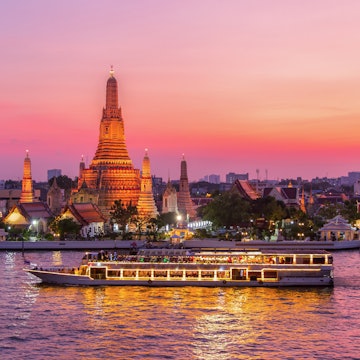
How to get around in Shanghai


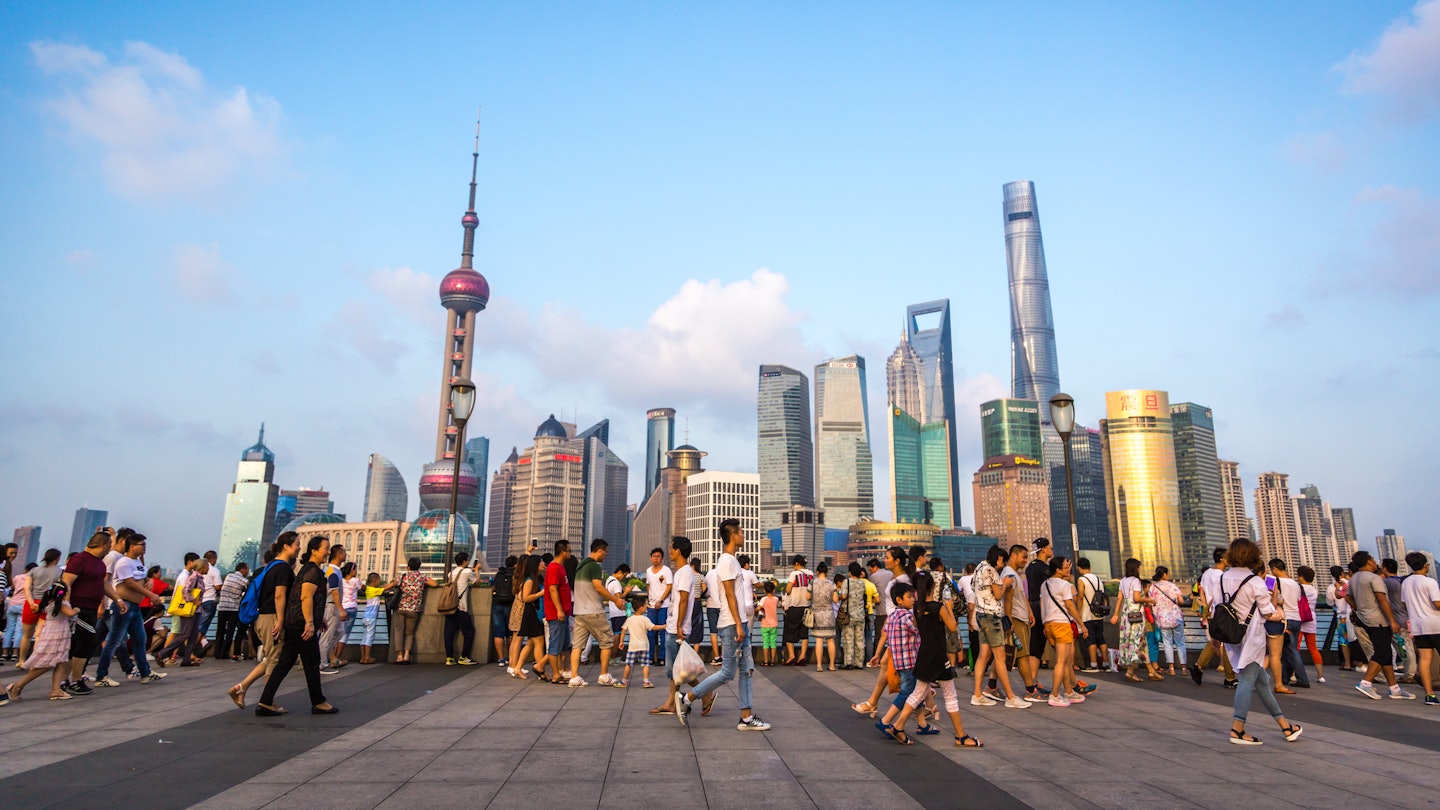
Shanghai is huge, but it's easy to explore by public transport. LMspencer/Shutterstock
As the third-largest city on the planet, Shanghai is vast and sprawling, covering a staggering 2643 sq km (1020 sq miles) at the mouth of the Yangzi River (Chang Jiang) on the east coast of China. Awash with European-influenced architecture, the city’s historic center spills along the west bank of the smaller Huangpu River, which divides the old part of Shanghai from futuristic Pudong on the east bank.
Needless to say, exploring this huge city can be quite an undertaking. Fortunately, a fast and efficient metro system and inexpensive and ubiquitous buses and taxis make getting around easy – though the vast number of people trying to move from place to place means that traveling during rush hour can be a real crush.
Shanghai offers a useful crash course how to get around in China – which you’ll appreciate you’re set off from here to explore the rest of the country. Discover just how to explore China’s largest city with this guide to getting around in Shanghai.
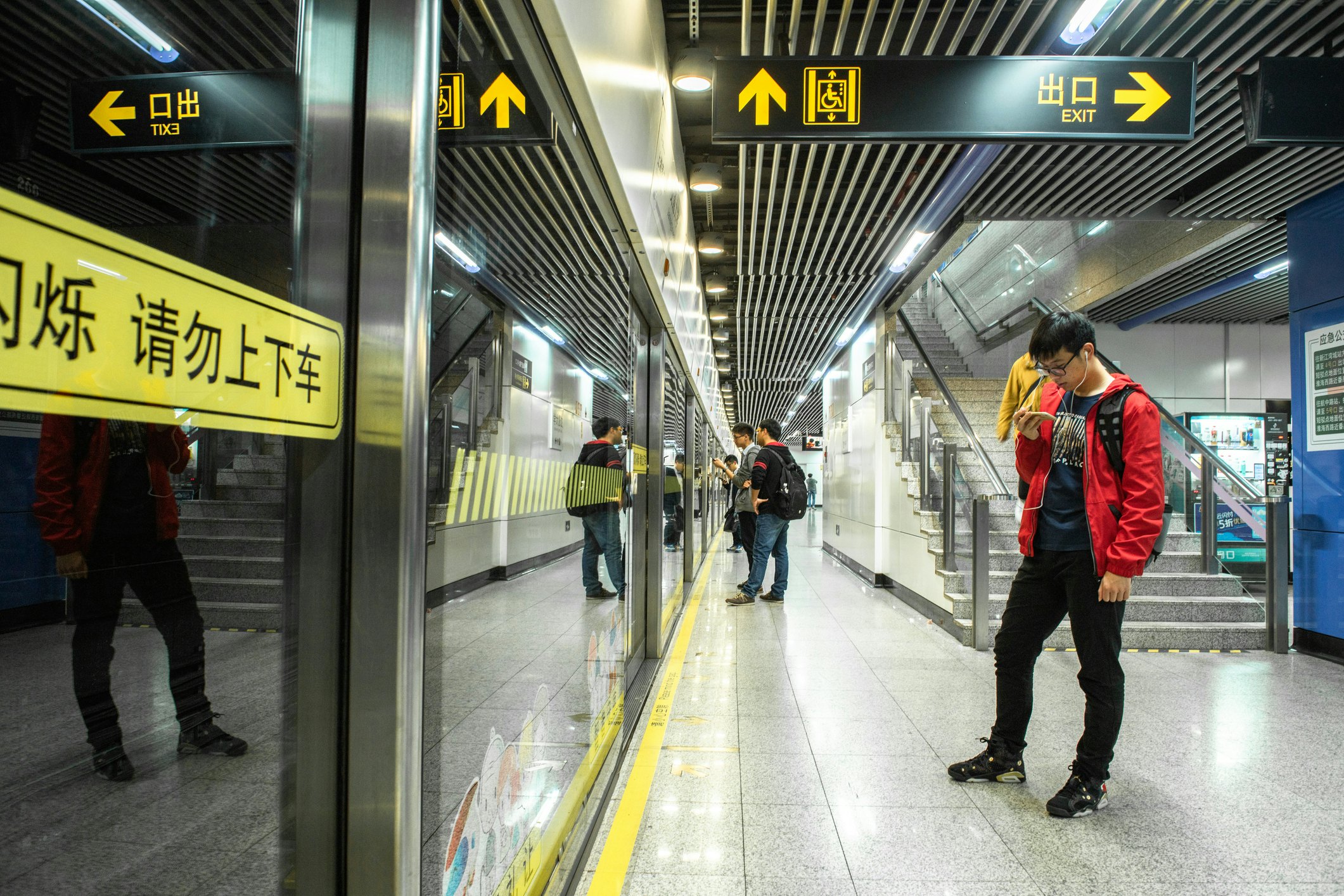
Zip around the sights on the Shanghai metro
The expansive Shanghai metro covers 14 of the city’s 16 municipal districts, and its air-conditioned trains offer a welcome respite during the hot, humid summers and chilly winters. It’s also the easiest way to get into the center from Shanghai’s Pudong International Airport and Hongqiao International Airport. The metro is fast, efficient and inexpensive, though at rush hour, since trains operate at well above capacity, and you’ll get a hint of what life is like for a canned sardine.
Tickets for the world’s largest metro system are cheap (from ¥3/US$0.40 for a single fare in the center), and trains on the network’s 20 lines depart regularly from around 5:30am to 10:30pm (though some lines have earlier or later start and end times). Don’t be too optimistic about getting a seat, unless you board at toward the start or end of the line.
Metro maps are available at most stations, and the Explore Shanghai app will help you calculate how long your journey will take, how much it will cost and where the nearest metro station is (look out for the prominent signs with a red letter “M”). Metro station exits can be confusing, so before you leave look for the map of the local area (usually easy to find) in the ticket hall to get your bearings.
Single-journey tickets are sold from coin-and note-operated machines at stations; there are service counters that can provide you with change if your bills are not accepted by the ticket machines. When entering the metro, swipe your ticket at the turnstile sensor for access; when exiting, enter your ticket into the slot.
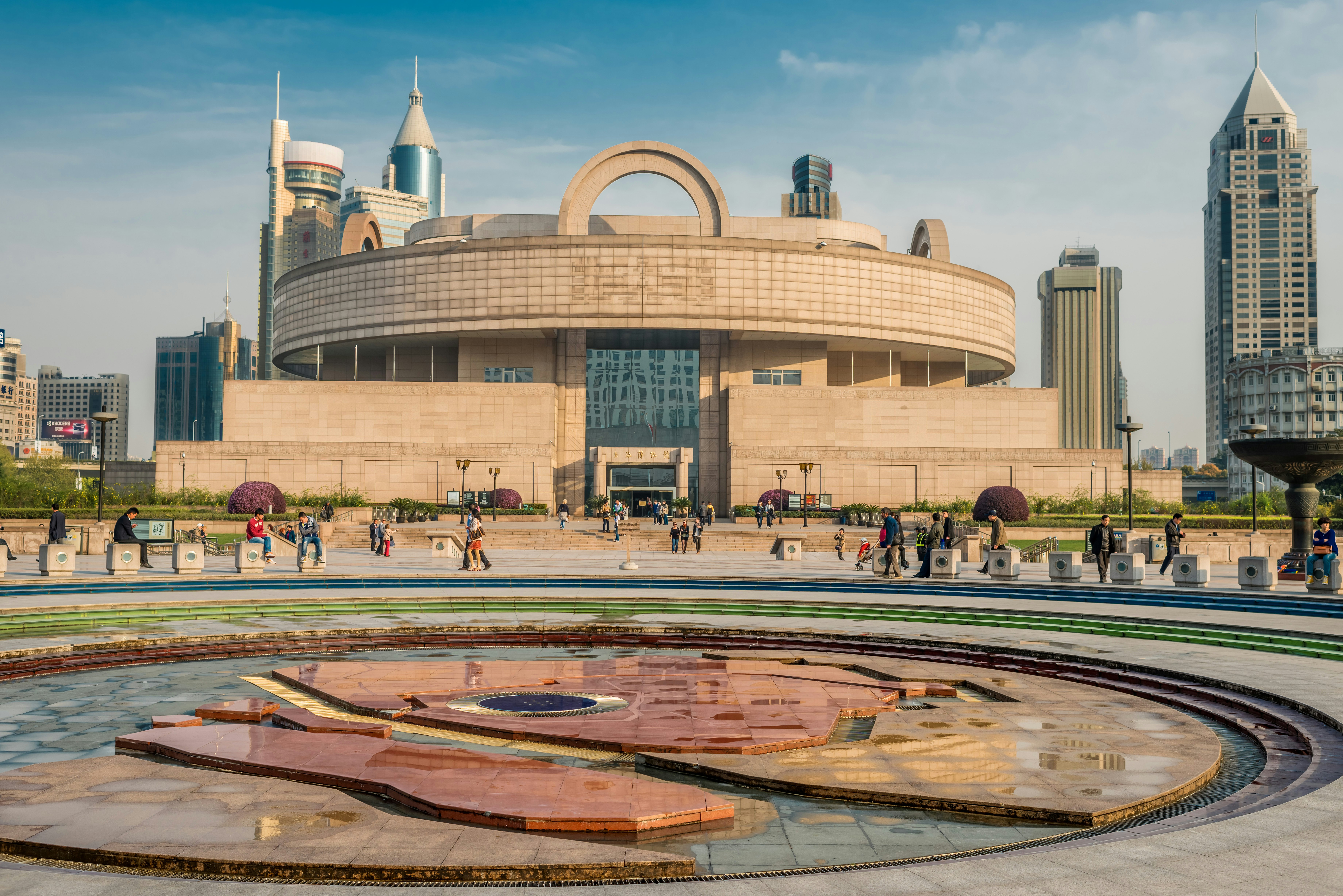
Travelers usually focus on a few main lines. Line 1 runs from Fujin Rd in the north to Xinzhuang in the south, passing through Shanghai Railway Station, People’s Square and Shanghai South Railway Station. Line 2 runs from East Xujing in the west to Pudong International Airport in the east, passing through Hongqiao Railway Station, Hongqiao International Airport, Jing’an, People’s Square and East Nanjing Rd (for the Bund district).
For easy access to the old parts of Shanghai, Line 10 runs from Hongqiao Railway Station in the west, passing through Hongqiao International Airport, the French Concession (Shanghai’s old-city area), the Bund and Hongkou before terminating at Xinjiangwancheng in the north.
Tip for taking the metro: If you are making more than a fleeting trip to Shanghai, it’s worth getting a Shanghai Public Transportation Card. Available at metro stations and some convenience stores, these cards can be topped up with credit and used on the metro, some buses and ferries, and all taxis.
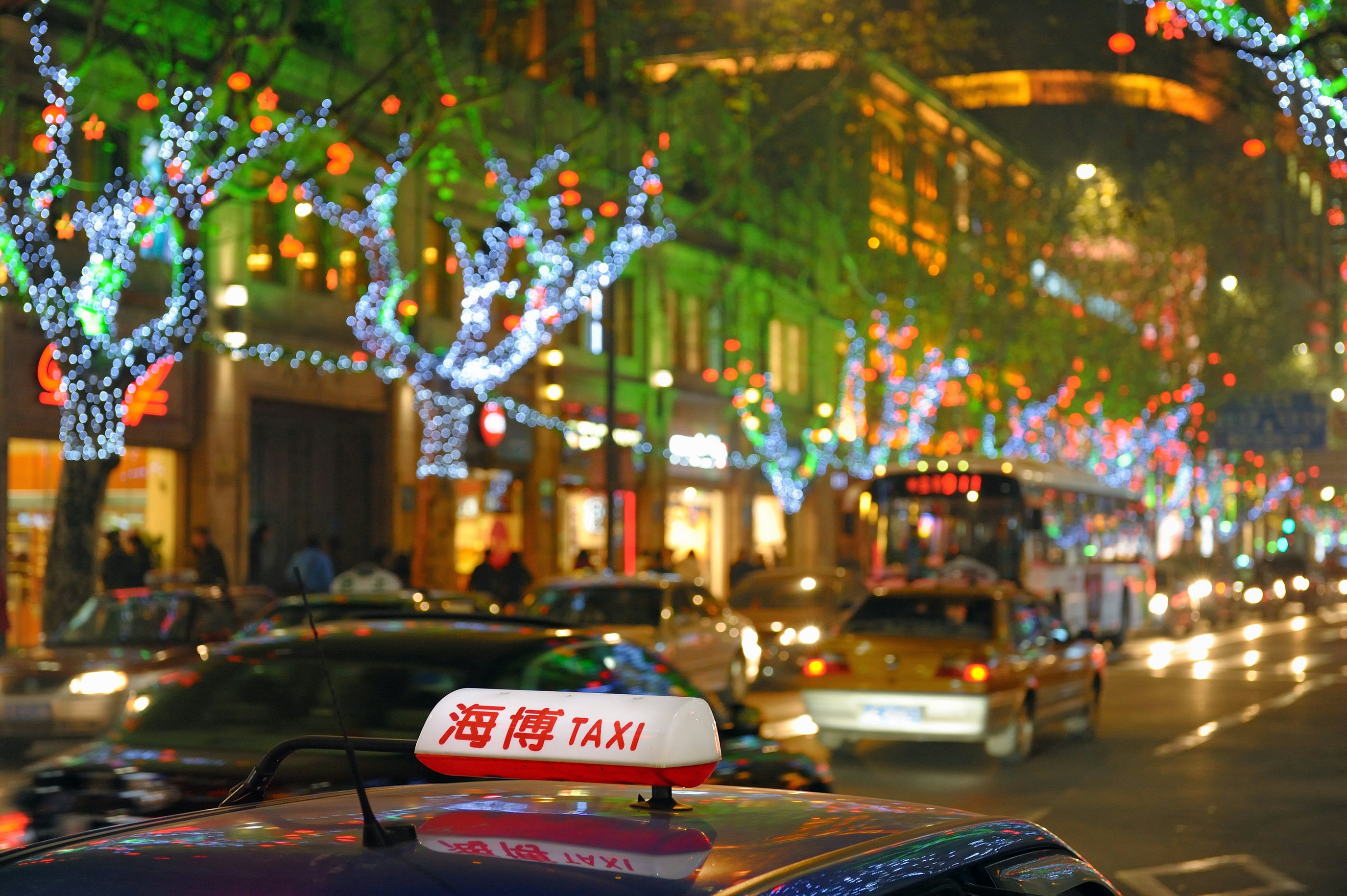
Take a taxi or rideshare for convenience (except during rush hour)
Shanghai has tens of thousands of taxis, backed up by legions of rideshare drivers. Still, finding a cab can be tricky at busy times, or during bad weather. Flag down conventional taxis at the roadside, or ask your hotel for assistance. Locals use the Didi Chuxing app to summon a rideshare; foreigners may find it easiest to use the Didi mini-program inside the WeChat app.
Ordinary taxis accept payment in cash or via the Shanghai Public Transportation Card; major operators include Dazhong (with turquoise-colored vehicles), Qiangsheng (gold) and Ba-Shi (green). For both conventional taxis and rideshares, the language barrier can be an issue; unless you speak Mandarin, carry a business card or piece of paper with the name and address of your destination written in Chinese characters (ask your hotel for help).
Tip for taking a taxi: When boarding a taxi, check the number of stars below the driver’s photo on the dashboard. Drivers are rated from one to five stars, based on their expertise and English-language skills.
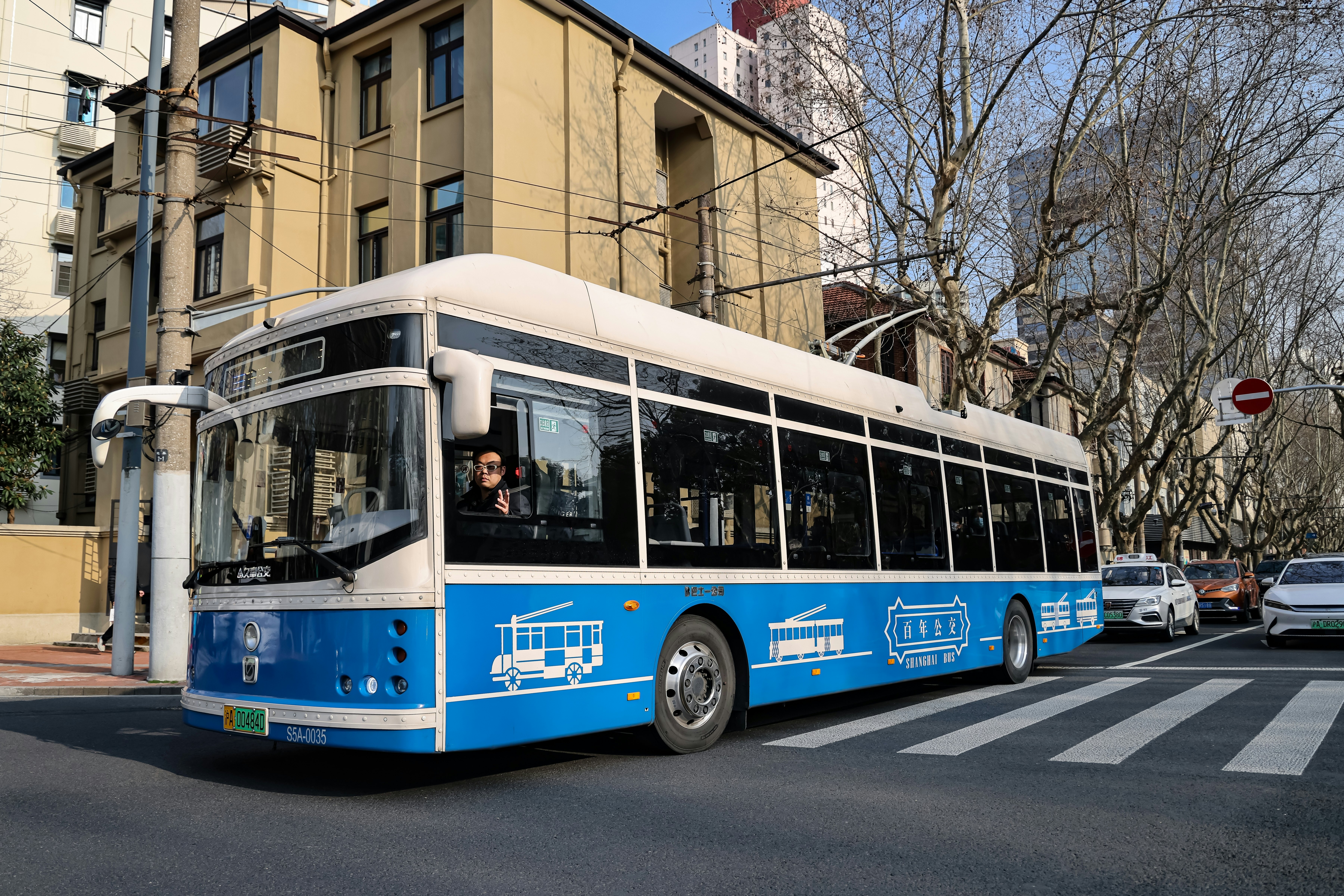
Buses can be useful if you have more time
Alongside tourist-oriented sightseeing buses, Shanghai has a vast public bus system covering every corner of the city. Unfortunately, public buses can be frustratingly difficult to use for foreigners who don’t speak or read Chinese, as destination displays and signs are typically only in Chinese, and drivers and conductors rarely speak English. This said, buses can be useful for short hops, particularly in less-trafficked neighborhoods such as the French Concession.
Passengers have a choice of ordinary buses and air-conditioned buses (marked with a snowflake). Stops tend to be widely spaced, so you may face a bit of a walk at the end of your journey. Most services run from around 5am to 11pm, with some routes running through the night. Pay in cash (no change is given), or use the Shanghai Public Transportation Card (not accepted on all buses). The English-language website China Travel Guide has information on useful bus routes.
Tips for taking the bus: When taking the bus in Shanghai, try to get on at the terminus to guarantee yourself a seat. Avoid rush hour, when buses are overcrowded and journey times soar due to heavy traffic. And always watch out for pickpockets, particularly at busy times.

Use boats for a scenic trip across the Huangpu River
Once upon a time, the Huangpu River was alive with boat traffic servicing the city'’s markets and the European concessions (colonial-era trading posts) along its banks. A boat trip across the river still offers a hint of Shanghai’s trading heyday, with fine views of the art deco and neoclassical towers along the Bund, and the gleaming modern skyscrapers of Pudong.
Dozens of small ferry ports line the Huangpu River between Puxi (Shanghai’s historic heart) on the west bank and Pudong on the east bank, and pedestrian tickets cost from just ¥2 (US$0.30). Among the most useful is the Shanghai Ferry, which operates between the southern end of the Bund and Dongchang Rd Pier in Pudong, and the Fuxing Road Ferry, which runs from Fuxing Rd in the South Bund area to Dongchang Rd. Boats leave every 15 minutes or so from around 7am to 7pm (or later on some routes).
There are also tourist cruises along the Huangpu River that let you take your time admiring the views. Huangpu River Cruise operates one-hour and 45-minute trips leaving from the South Bund area. Take to the water around sunset or just after dark to see the city skyline vividly illuminated.
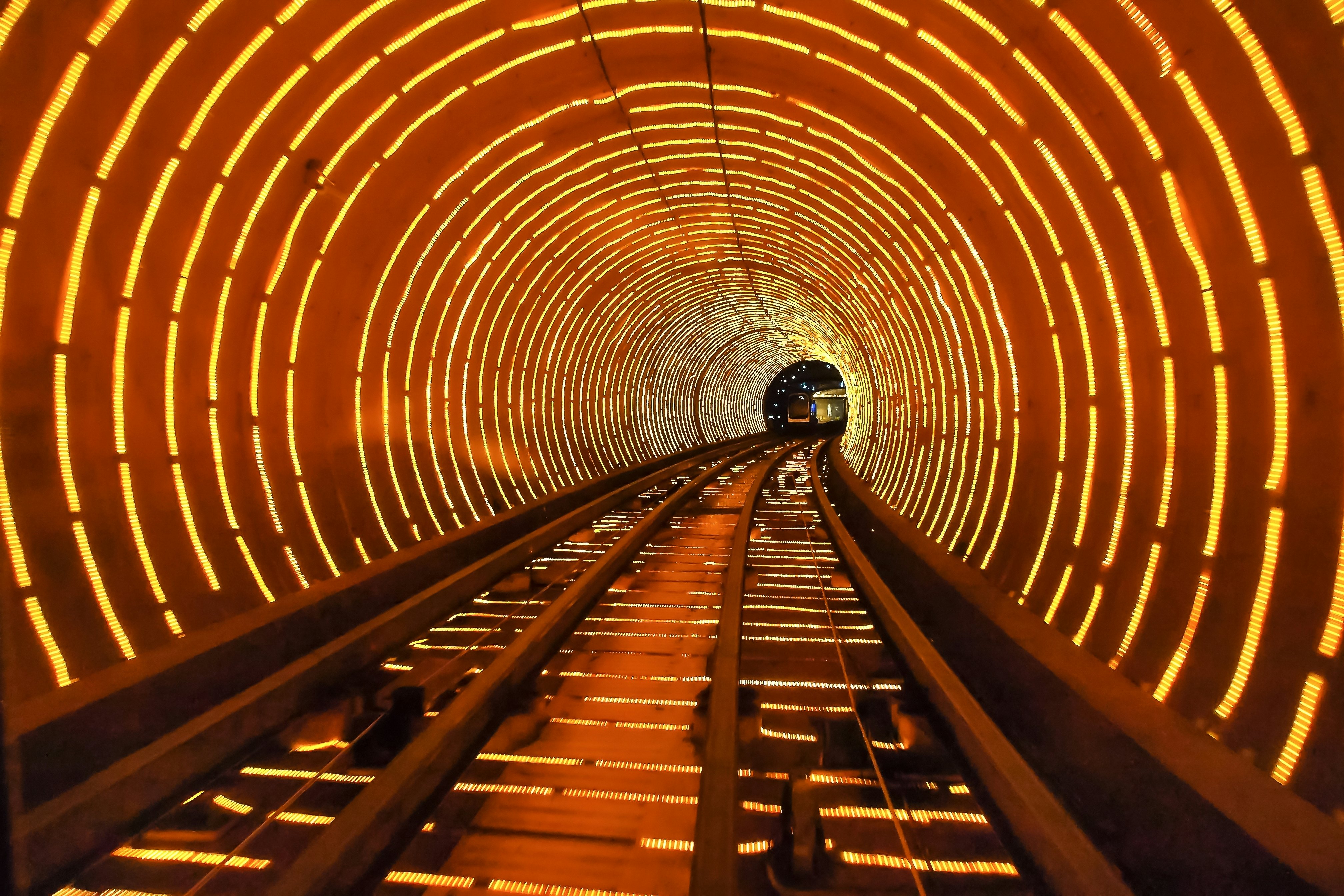
Shanghai’s novelty public transport options
While Shanghai’s rickshaws may be a distant memory, the city still provides some atmospheric transport options that qualify as travel experiences all by themselves. Connecting the Bund and Pudong, the Bund Sightseeing Tunnel (Waitan Guanguang Suidao) offers a surreal – if pricey – journey under the Huangpu River in electric carriages, complete with kaleidoscopic colored lights and a creepy and suspenseful soundtrack.
On the Pudong side of the river, the Shanghai Maglev train was the prototype for a new generation of levitating trains that never quite materialized. Nevertheless, it’s an enjoyably high-tech way to travel between Longyang Rd in Pudong and Pudong International Airport. Prior to 2021, the train clipped along at 431 km/h (268 mph); the current maximum speed is a more modest 300 km/h (186 mph).
Rent a bike to explore quieter areas like the French Concession
Several local companies such as China Cycle Tours offer rental bikes and guided tours exploring calmer areas of the city where there is less traffic, such as the former French Concession and the historic districts of Xintiandi and Tianzifang. Some hostels also provide bikes for guests. With advance preparation, you may also be able to use local bikeshare apps such as Meituan and Hellobike (though you’ll need to set up an account on Alipay or WeChat Pay to make payments).
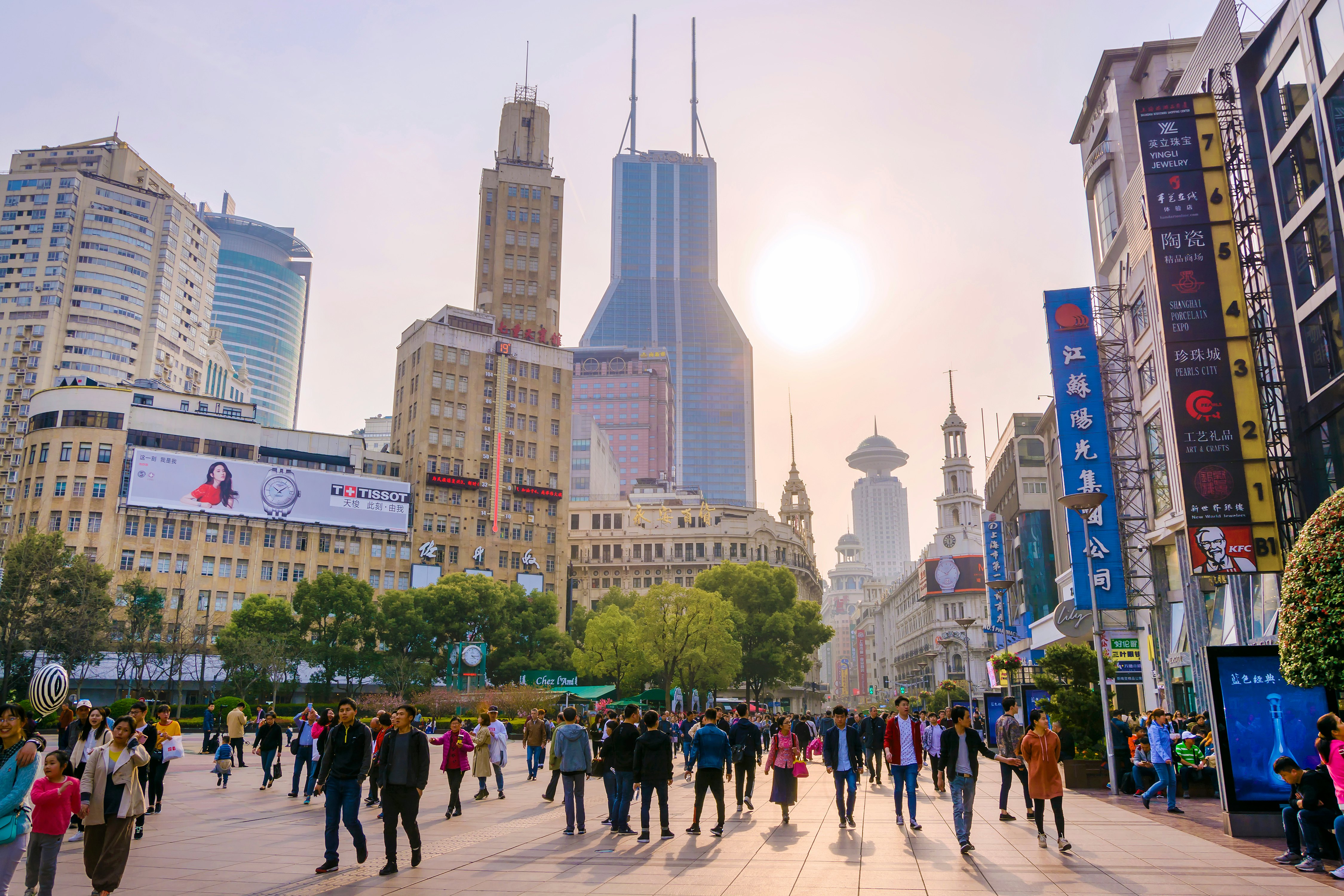
Explore Shanghai’s historic center on foot
While Shanghai is vast in scale, many neighborhoods in Puxi, the historic center of the city, can be navigated on foot, using the metro to connect from district to district. Be sure to block out some time for a promenade along the riverside Bund and a walk down neon-lit East Nanjing Rd – the city's most famous shopping strip – toward People’s Square.
The former French Concession, Xintiandi and Tianzifang are also rewarding areas to discover on foot. Take the metro to Shaanxi South Rd Station, Middle Huaihai Rd Station or Huangpi South Rd Station to reach the French Concession. For Xintiandi, ride the metro to Xintiandi Station or Huangpi South Rd Station; Tianzifang is right outside Exit 1 at Dapuqiao Station.
If you plan to walk around the historic districts of Jing’an or Nanshi – the oldest part of Shanghai and home to the famous Yuyuan Gardens and bazaar – plan on alighting at the conveniently located Jing’an Temple and Yuyuan Garden metro stops.
This article was adapted from Lonely Planet’s China guide, published in August 2025.






